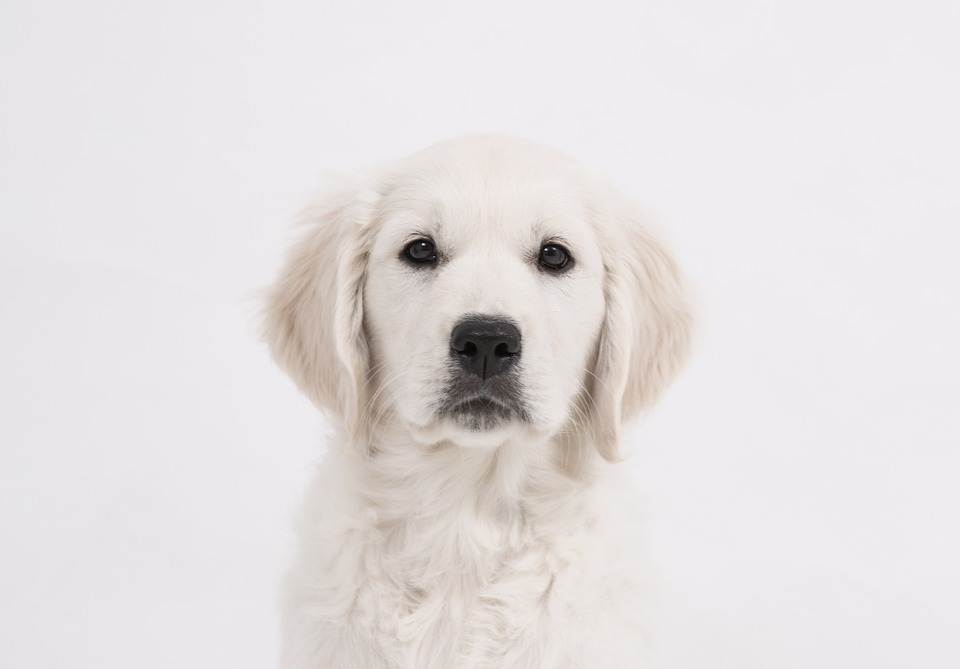Introduction:
Welcoming guests into your home can be a delightful experience, unless your furry friend greets them with excessive barking, jumping, or overexcitement. Training your dog to greet new people politely is not only essential for their socialization but also ensures a pleasant and stress-free environment for everyone involved. In this article, we will explore effective techniques to teach your dog polite greeting behavior, while also addressing some frequently asked questions regarding this topic.
Table of Contents:
1. Understanding Canine Greeting Behavior
2. Establishing Basic Obedience Training
3. Introducing Controlled Socialization
4. Desensitizing to New People
5. Teaching the “Sit” Command for Greetings
6. Positive Reinforcement Techniques
7. Addressing Common Challenges
8. Frequently Asked Questions (FAQs)
1. Understanding Canine Greeting Behavior:
Before diving into the training process, it’s crucial to understand why dogs often display inappropriate greeting behavior. Dogs are naturally social animals, and their excitement stems from their friendly nature. However, lack of training or inconsistent boundaries can lead to jumping, excessive barking, or even nipping. By addressing the root causes, we can effectively modify their behavior.
2. Establishing Basic Obedience Training:
Solid obedience training forms the foundation for polite canine behavior. Your dog should be proficient in basic commands such as “sit,” “stay,” and “down” before moving on to training them to greet people politely. A well-trained dog will be more receptive to learning new behavior patterns.
3. Introducing Controlled Socialization:
Gradual exposure to new people is key to teaching your dog polite greetings. Start by introducing them to family and friends, ensuring controlled interactions in a calm environment. This allows your dog to learn acceptable behavior without becoming overwhelmed. Rewarding calm behavior during these interactions will reinforce positive associations.
4. Desensitizing to New People:
Many dogs become overly excited when encountering unfamiliar faces. Desensitization exercises can help them become accustomed to new people in a controlled manner. This involves gradually exposing your dog to strangers while rewarding calm behavior. Begin with distant encounters and gradually decrease the distance over time.
5. Teaching the “Sit” Command for Greetings:
Teaching your dog to sit on command is an effective way to prevent jumping and overexcitement during greetings. Start by practicing the “sit” command in various environments, gradually adding distractions. Once your dog consistently sits, introduce a trusted person to reinforce the behavior. Over time, your dog will associate greetings with sitting calmly.
6. Positive Reinforcement Techniques:
Positive reinforcement is a powerful tool in training dogs to greet politely. Reward your dog with treats, praise, and affection for calm behavior during greetings. Avoid scolding or punishment, as it may create fear or anxiety. Consistency and patience are key to reinforcing good manners.
7. Addressing Common Challenges:
Every dog is unique, and some may face specific challenges during training. In this section, we address common issues such as fear-based reactions, excessive barking, or persistent jumping. By understanding these challenges, you can tailor your training approach to suit your dog’s needs.
8. Frequently Asked Questions (FAQs):
Q1: How long does it take to train a dog to greet politely?
Q2: Are certain dog breeds more prone to jumping or excessive excitement during greetings?
Q3: Is it necessary to hire a professional trainer for teaching polite greetings?
Q4: Can older dogs learn polite greeting behavior?
Q5: What should I do if my dog still struggles with polite greetings after training?
In conclusion, teaching dogs to greet new people politely is a valuable skill that enhances their socialization and fosters positive interactions. By understanding their behavior, implementing obedience training, and using positive reinforcement techniques, you can cultivate polite greeting habits in your canine companion. Remember, patience, consistency, and a calm training environment are essential for success. Enjoy the process of training your dog to become a well-mannered greeter, and embrace the joy of welcoming guests into your home!









